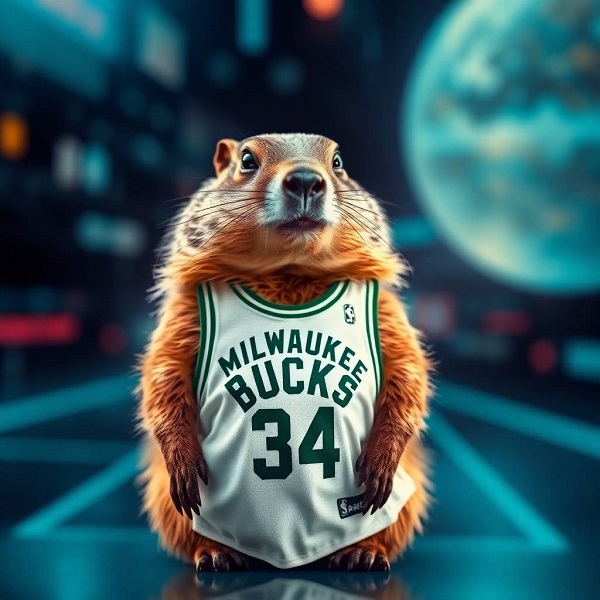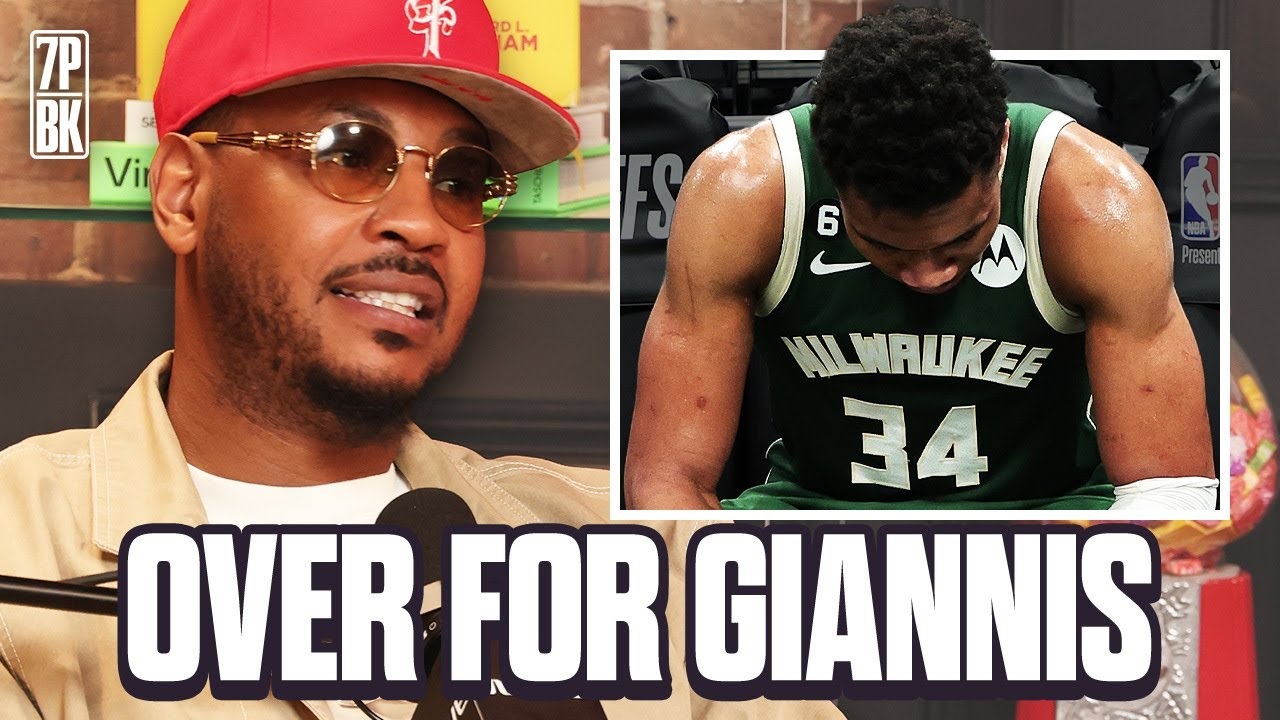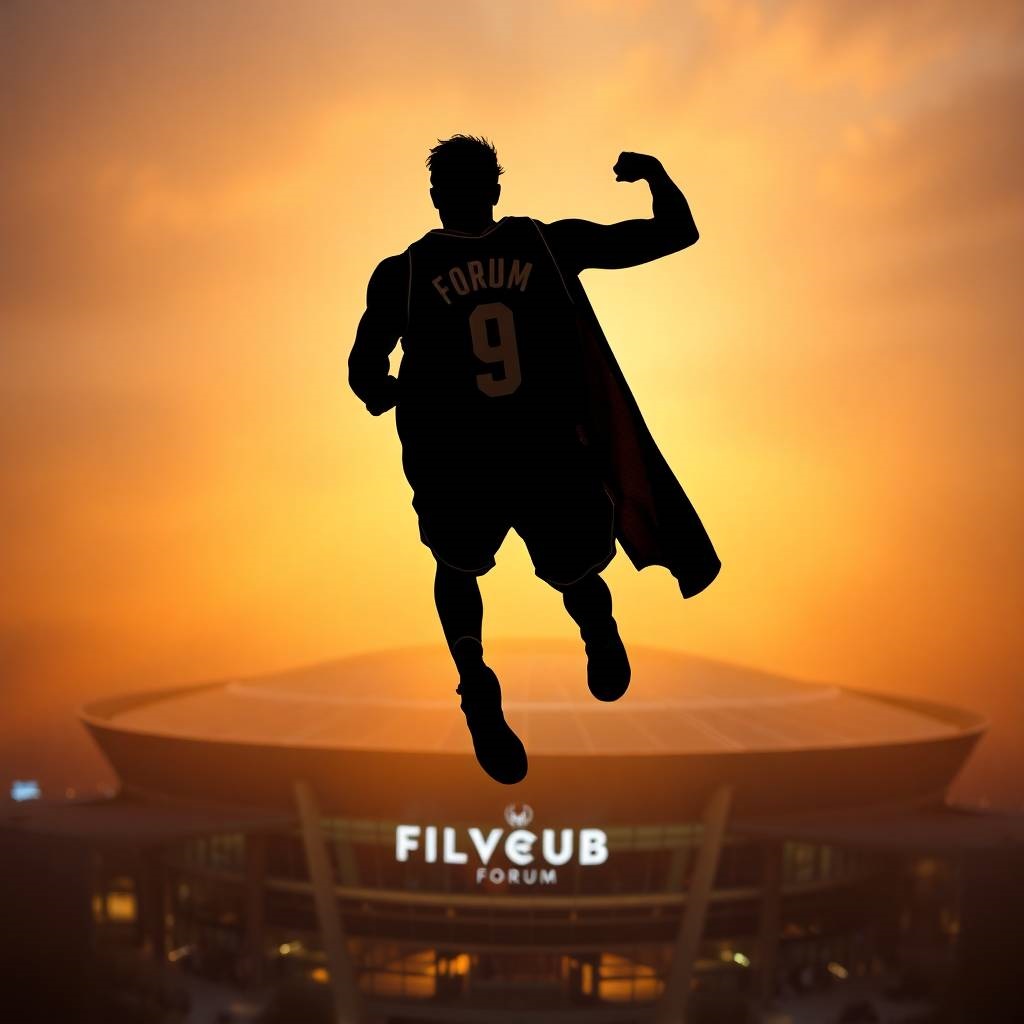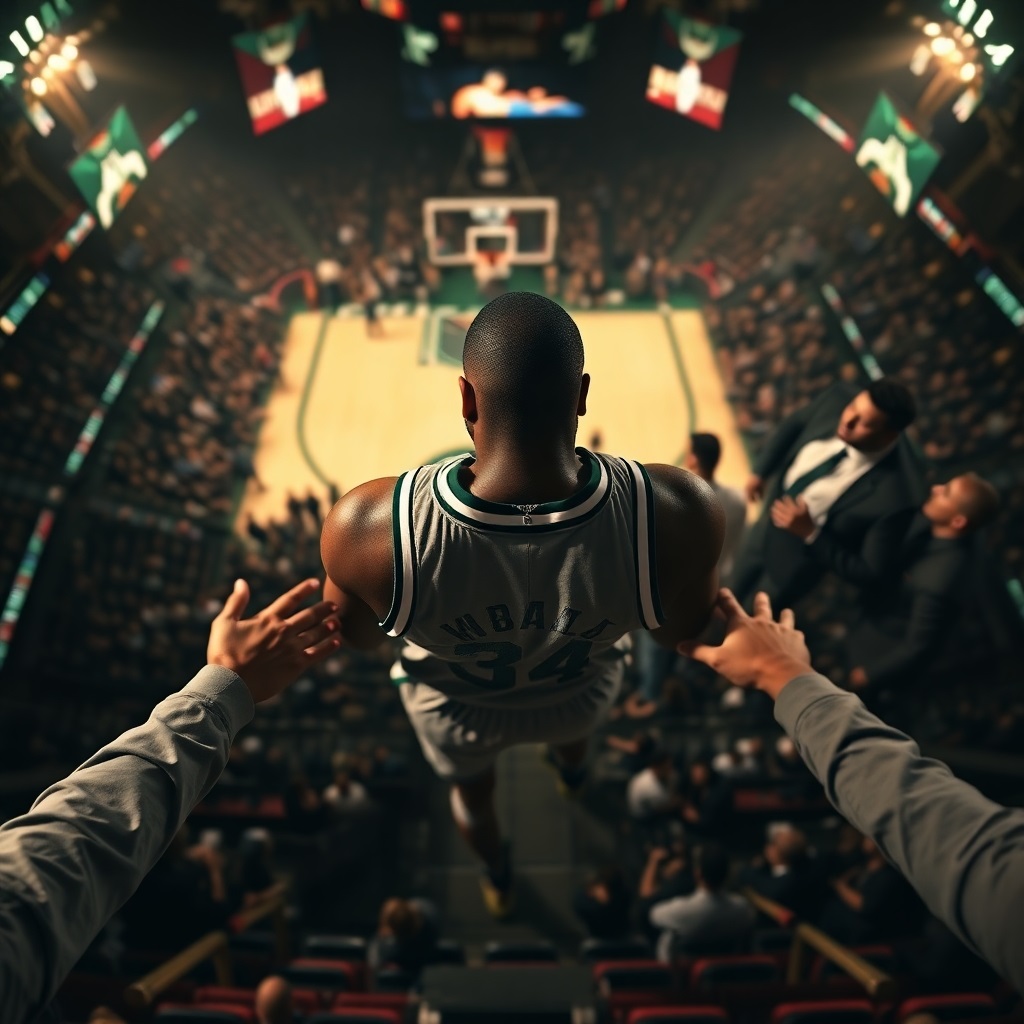Giannis Antetokounmpo, the Milwaukee Bucks’ superstar and two-time NBA MVP, is often the subject of trade rumors as teams dream of pairing his unique skill set with their roster. One such destination that occasionally pops up is the Toronto Raptors. However, the idea of Giannis joining the Raptors makes little sense for both the player and the team.
The Raptors’ Current State: A Mismatch for Giannis
The Toronto Raptors, as of the 2024-25 season, are in a rebuilding phase. After trading away key players like Pascal Siakam and OG Anunoby, the team is centered around young talents like Scottie Barnes, RJ Barrett, and Immanuel Quickley. While these players show promise, the Raptors are far from championship contention, sitting at 11th in the Eastern Conference with a 15-20 record in recent projections. Their focus is on developing young talent and accumulating assets, not chasing a superstar like Giannis, who is in his prime at 30 years old and seeking immediate championship opportunities.
Giannis has repeatedly expressed his desire to compete for titles, as evidenced by his 2021 NBA Championship with the Bucks and his comments about wanting to stay in Milwaukee only if the team remains competitive. Joining a rebuilding team like Toronto would contradict his career goals. The Raptors lack the veteran star power and playoff-ready roster to complement Giannis’ win-now timeline, making the move a poor fit for his ambitions.
Giannis’ Weaknesses and Their Impact in Toronto’s System
Giannis’ game has notable weaknesses that would be amplified in Toronto’s current setup.
1. Lack of Consistent Outside Shooting
Giannis’ most glaring weakness is his inconsistent jump shot, particularly from beyond the arc. In the 2023-24 season, he shot just 27.4% from three-point range on 1.3 attempts per game, and his career average hovers around 28.6%. His free-throw shooting, while improved, remains unreliable at 65.7% last season. The Raptors’ offensive system under coach Darko Rajaković emphasizes spacing and ball movement, with players like Quickley (39.5% from three) and Gradey Dick (projected as a sharpshooter) creating open looks.
Without a reliable jumper, Giannis often clogs the paint, forcing defenses to collapse on him. In Milwaukee, players like Khris Middleton and Brook Lopez provide the necessary spacing to keep defenses honest. Toronto, however, lacks consistent elite shooters outside of Quickley. Barnes and Barrett are slashing forwards who thrive driving to the basket, much like Giannis. This overlap would crowd the paint, reducing offensive efficiency and making it easier for opponents to game-plan against Toronto.
2. Limited Playmaking and Ball-Handling
Giannis is a dominant force in transition and as a roll man, but his playmaking in half-court sets is limited. He averaged 6.5 assists per game in 2023-24, but many of these come from simple kick-outs after drawing double-teams. His ball-handling can be shaky under pressure, with 3.4 turnovers per game last season, often due to forced passes or dribbling into traffic.
The Raptors’ offense relies on quick decision-making and ball movement, with Barnes and Quickley often initiating plays. Giannis, however, thrives as the primary ball-handler in a system built around his drives. In Toronto, he’d either dominate the ball at the expense of Barnes’ development or struggle as an off-ball player due to his lack of shooting. This mismatch in playstyle would stunt the growth of Toronto’s young core and create clunky offensive sets.
3. Defensive Fit in Toronto’s Scheme
Defensively, Giannis is a former Defensive Player of the Year (2020) but has declined ever since. However, the Raptors’ defensive identity under Rajaković leans heavily on aggressive perimeter defense and versatility, with players like Barnes and Jakob Poeltl anchoring a switch-heavy scheme. While Giannis could fit this mould, his presence would overlap with Barnes, who is developing into a similar versatile defender.
Additionally, Toronto’s lack of a true secondary star to handle offensive creation means Giannis would expend significant energy on both ends, potentially leading to fatigue or injury concerns, as seen in his 2024 playoff absence due to a calf strain. In Milwaukee, players like Damian Lillard and Middleton share the offensive load, allowing Giannis to conserve energy for defense. Toronto’s roster simply doesn’t offer that luxury.
4. Rebounding Dependency and Team Fit
Giannis is stat padding rebounder, averaging 11.6 rebounds per game in 2023-24, as his impact on the boards often comes from Milwaukee’s system, where he’s surrounded by shooters who pull defenders away from the paint. In Toronto, with Poeltl as the primary center and Barnes also crashing the boards, there’s a risk of diminishing returns. The Raptors already struggle with offensive rebounding (26th in the league at 10.1 per game), and adding Giannis might not solve this issue if defenses pack the paint due to Toronto’s lack of shooting.
5. Giannis ain’t clutch
No polite way to say it. Forget that one 50 point game. Look at the cold hard facts. Giannis is a liability in clutch. Not just in the playoffs where he has failed every year for more than a decade (with that one exception). Even in regular season higher intensity games, Giannis just ain’t got “it”. He panics, he makes mistakes, he can’t follow advanced plays. He doesn’t impact high intensity NBA basketball when it really matters. Amazing regular season stats is all he does. We all know it now.
Financial and Trade Realities
Even if we ignore fit, the logistics of acquiring Giannis are a nightmare for Toronto. His contract, a three-year, $175.3 million extension signed in 2023, carries a cap hit of roughly $58 million annually through 2027-28. The Raptors would need to gut their roster, likely sending out Barnes, Quickley, and multiple first-round picks, to match salaries and satisfy Milwaukee’s demands. This would defeat the purpose of their rebuild, as they’d lose the young talent they’re banking on for future success.
Moreover, Milwaukee has no incentive to trade Giannis unless he demands out, which seems unlikely given his loyalty to the Bucks and their competitive roster. The Raptors, meanwhile, are focused on building around Barnes, who at 24 is their cornerstone for the next decade. Trading him for Giannis, who turns 31 in December 2025, would be a short-term gamble that sacrifices long-term potential.
Why Giannis Can’t Win a Championship in Toronto
Even if Giannis joined the Raptors, their current roster and timeline make a championship unlikely. Toronto’s lack of secondary star power means Giannis would face the same issues he did in Milwaukee’s early years: defenses walling off the paint and daring him to shoot. Without elite shooters or a proven playmaker to complement him, Giannis would be forced to carry an unsustainable offensive load, as seen in his 2023 playoff loss to Miami, where his inefficiencies were exposed.
The Raptors’ rebuild also means they’re at least two to three years away from contending, even with Giannis. By then, he’ll be in his mid-30s, and his athleticism-dependent game may start to decline. Teams like the Boston Celtics, Philadelphia 76ers, and even a healthy Bucks squad would remain far ahead in the East, with deeper, more balanced rosters.
So cut the crap
Giannis Antetokounmpo to the Toronto Raptors sounds like a fantasy for fans, but it’s a logistical and strategic disaster. His lack of outside shooting, limited play making, and defensive overlap with Toronto’s young core make him a poor fit for their system. The Raptors’ rebuilding timeline clashes with Giannis’ win-now mentality, and the trade cost would cripple their future. Meanwhile, Giannis’ weaknesses would be magnified without the right supporting cast, making a championship in Toronto a pipe dream. For both sides, staying the course—Giannis in Milwaukee and the Raptors with their young core—is the smarter play.













